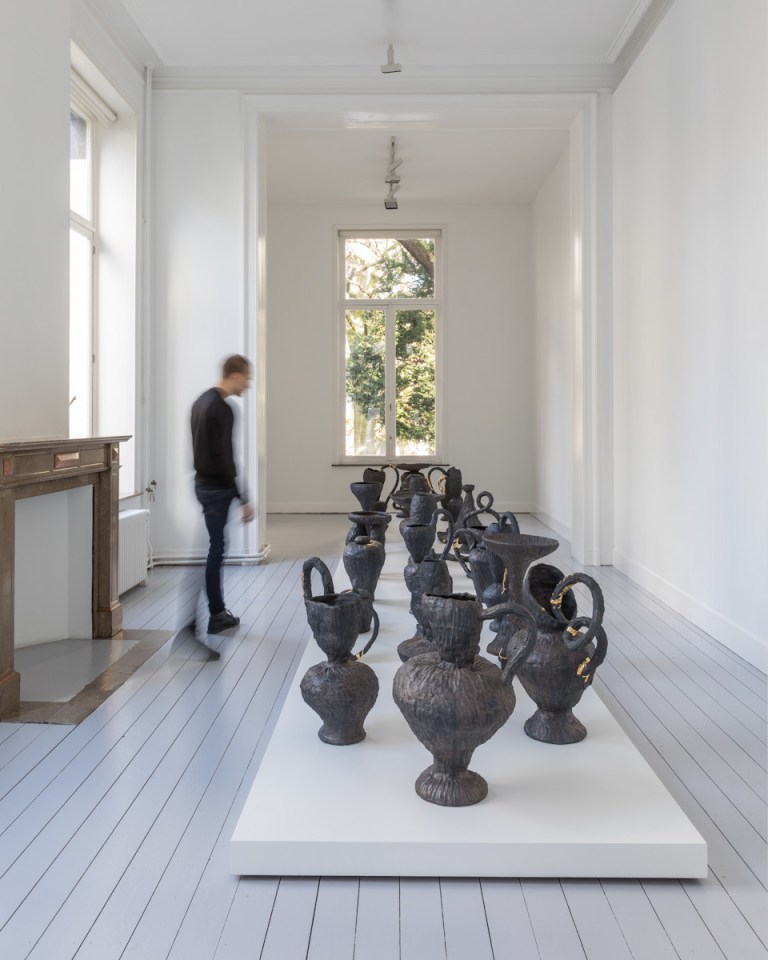Having completed my Mid Point Review video, I sat back and thought about it, what does it communicate, how would it be seen by my peers? The video touches on some of my current research and development, nothing concrete as yet, no final work(s) to show or indicate their latent presence. Ideas and thoughts strung together, loosely milling in my brain taking up positions, making connections, only to be shaken up again.
I was struck by the coherency of the other presentations, how singular and linear, how focused on a single target. In Michelle’s video, she talks about the small history, not found in books, encapsulated in conversations and daily actions. This made me think that I deal with large history, quite a different proposition. But at a point the two must meet. Where does the individual become society and vice versa? This is something I think about a lot; the tension between the small and the large. I would be interested in following this line of thinking further in my work.
Held in all that is said and done lie two things, meaning and significance. These are words often used synonymously. Both convey information but in subtly, or perhaps not, different ways. They can convey roughly the same information with very different implications. Meaning is about the information contained within something and how it is represented, it is symbolic. What is the meaning of, ‘a thirst for knowledge’? The desire to know more about things. Significance on the other hand is more about the relevance or importance of the contained meaning, its impact or consequences: your thirst for knowledge in this research is significant to what you might find.
Both ideas work with information but in different ways, symbolic versus causal. What I am saying here is that my work deals with both the symbolism, the semantics of something and its consequence. Another example arises out of the question, what is the meaning of your work, what is it about? I have plenty of answers to this but are they significant, will they affect the person or just switch them off. This ties in with the conversation had with Pav during the group presentations on the second day of the Residency. I have to be interested in the meaning, it is one of the things that sustains my interest in what I do. However, it is more relevant to be talking about the significance of the work: how does it affect the receiver. And for this, a conversation needs to open and remain open. I cannot tell what the significance of a work will be. I can work with significant matter, but how it affects someone else, that needs to be part of an exchange.
This brings back to mind Anderson’s idea of art, ‘culturally significance meaning, skilfully encoded in a sensuous, affecting medium’. It is ‘significant’ that he deliberately uses the two words in his anthropological summation. The meaning is encoded through a medium that both affects and is perceived phenomenologically, not just semantically. The skill lies in how effective the artist is in doing this. The point then becomes, how significant is the meaning and all that is done with it, to others?
I have some ideas as with Hermaphroditus and Logos.





